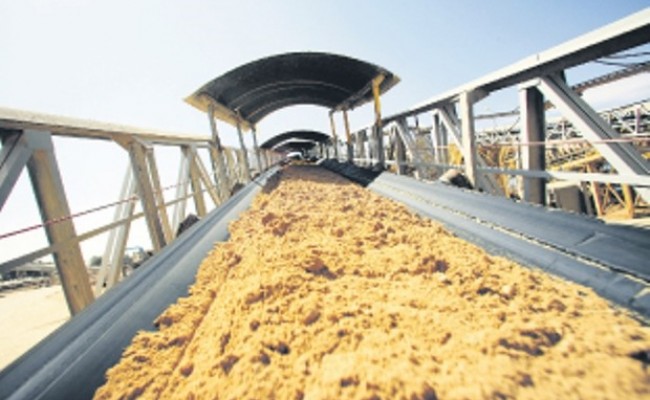What nitrogen is getting up to in permafrost soils may be much more interesting than researchers have long believed – with potentially significant consequences for our management of climate change. Nitrogen is a constituent part of nitrous oxide (N2O) – an often overlooked greenhouse gas, and there is a vast amount of nitrogen stored in permafrost soils. Nitrogen is an essential plant nutrient that many fertilizers contain, though in varying amounts. The three numbers displayed on artificial fertilizer product labels tell the buyer the percentage of each of the three essential plant nutrients that the product contains: 1. the percentage of nitrogen, 2. the amount of phosphorus, 3. the percentage of potassium. To grow and develop, plants need phosphorus and potassium as well as nitrogen. Artificial fertilizers that supply all three major plant nutrients are known as complete fertilizers.
But little is known about N2O emissions from permafrost soils and until recently, it was assumed that releases had to be fairly minimal because of the cold climate. In recent years, however, a growing number of studies have started to hint that there might be very high N2O emissions from such soils, perhaps as much as those from tropical forests or croplands. To get to the bottom of the issue, Dr. Michael Dannenmann from the Karlsruhe Institute of Technology and Dr. Chunyan Liu from the Institute of Atmospheric Physics at the Chinese Academy of Sciences with their colleagues have established the “NIFROCLIM” project in a high-latitude permafrost region in northeast China that is part of the Eurasian permafrost complex – the world’s largest permafrost area.
“In contrast to the huge volumes of research into permafrost carbon climate feedbacks, research into permafrost nitrogen climate feedbacks is lagging behind terribly,” said by Elisabeth Ramm, the first author of the News & Views article. “We urgently need to better understand what is happening to nitrogen in these soils, especially as the world warms and permafrost thaws.” The researchers are taking high-resolution soil and gas samples down to the upper layers of the permafrost across multiple sites with differing landscape characteristics, from upland forests to lowland bogs, as well as engaging in experiments that simulate varying levels of warming. Building a scientific outpost on the southern edge of this region is ideal for studying impact of climate change on permafrost as the arctic and subarctic in particular is being hit hard already by global warming. Temperature increases occur here at more than double the pace of the global average, accelerating permafrost degradation and N transformations. “If anywhere is going to tell us if we’ve been getting the math wrong on nitrogen, it’s here.” said Liu.




